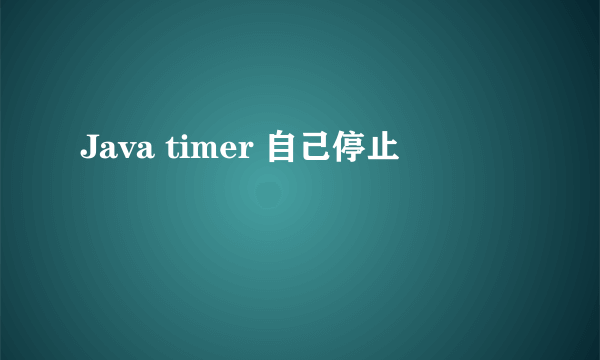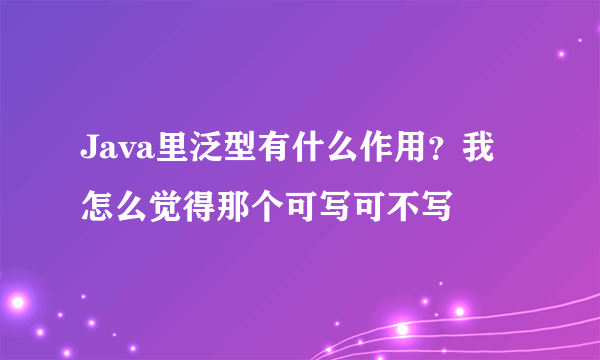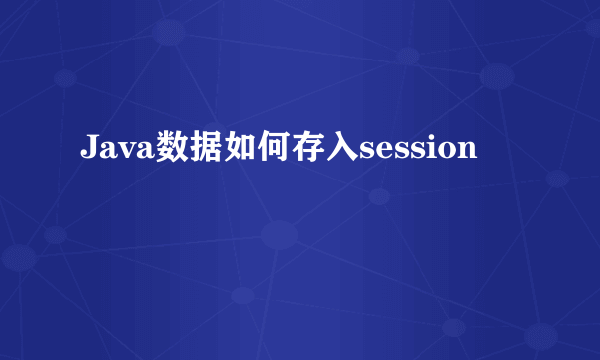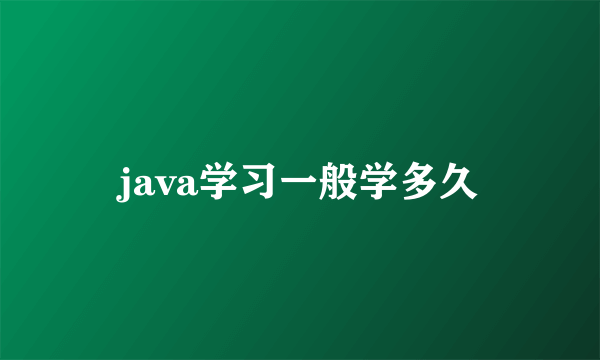
java定时器停止可以使用timer类的cancel方法,代码如下:
final Timer timer = new Timer();
TimerTask task = new TimerTask() {
private int count;
@Override
public void run() {
this.count++;
System.out.println(count);
if (count == 10) {
System.out.println("定时器停止了");
timer.cancel();// 停止定时器
}
}
};
timer.schedule(task, 0, 1000);// 1秒一次运行结果如下:
1、scheduleUpdate
加入当前节点后,程序会每帧都会自动执行一次默认的Update函数。(注:一定是Update函数哦,若想调用其他自己命名的函数则使用schedule)
看例子,走起。
首先在HelloWord类的头文件中声明Update函数:
[cpp] view plain copy print?
void update(float dt); //注意参数类型
然后在HelloWorld类源文件中实现函数Update:
[cpp] view plain copy print?
void HelloWorld::update(float dt)
{
CCLOG("baibai");
}
现在我们可以调用了,在需要他不断执行的地方加入调用的代码就ok:
[cpp] view plain copy print?
this->scheduleUpdate(); //this是当前节点,如layer,所以可以省略啦。
运行之后你将会看到不断有baibai被打印出来
2、scheduleUpdate
可以没隔几秒执行某个自定义的函数,来看代码:
首先还是在HelloWorld中声明所要执行的函数:
public static void main(String[] args) {
final Timer timer = new Timer();
TimerTask task = new TimerTask() {
private int count;
@Override
public void run() {
this.count++;
System.out.println(count);
if (count == 10) {
System.out.println("定时器停止了");
timer.cancel();// 停止定时器
}
}
};
timer.schedule(task, 0, 1000);// 1秒一次
}



